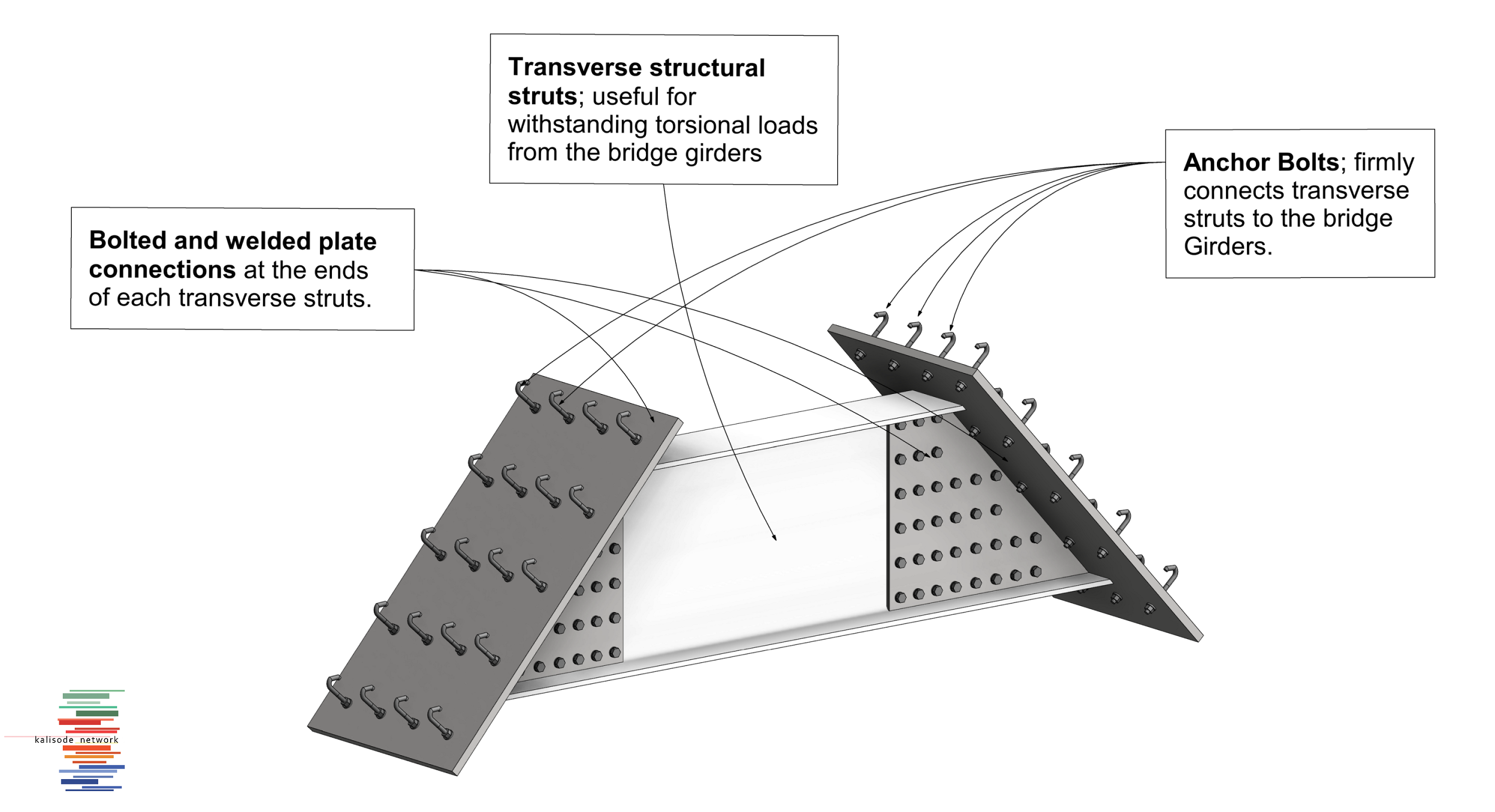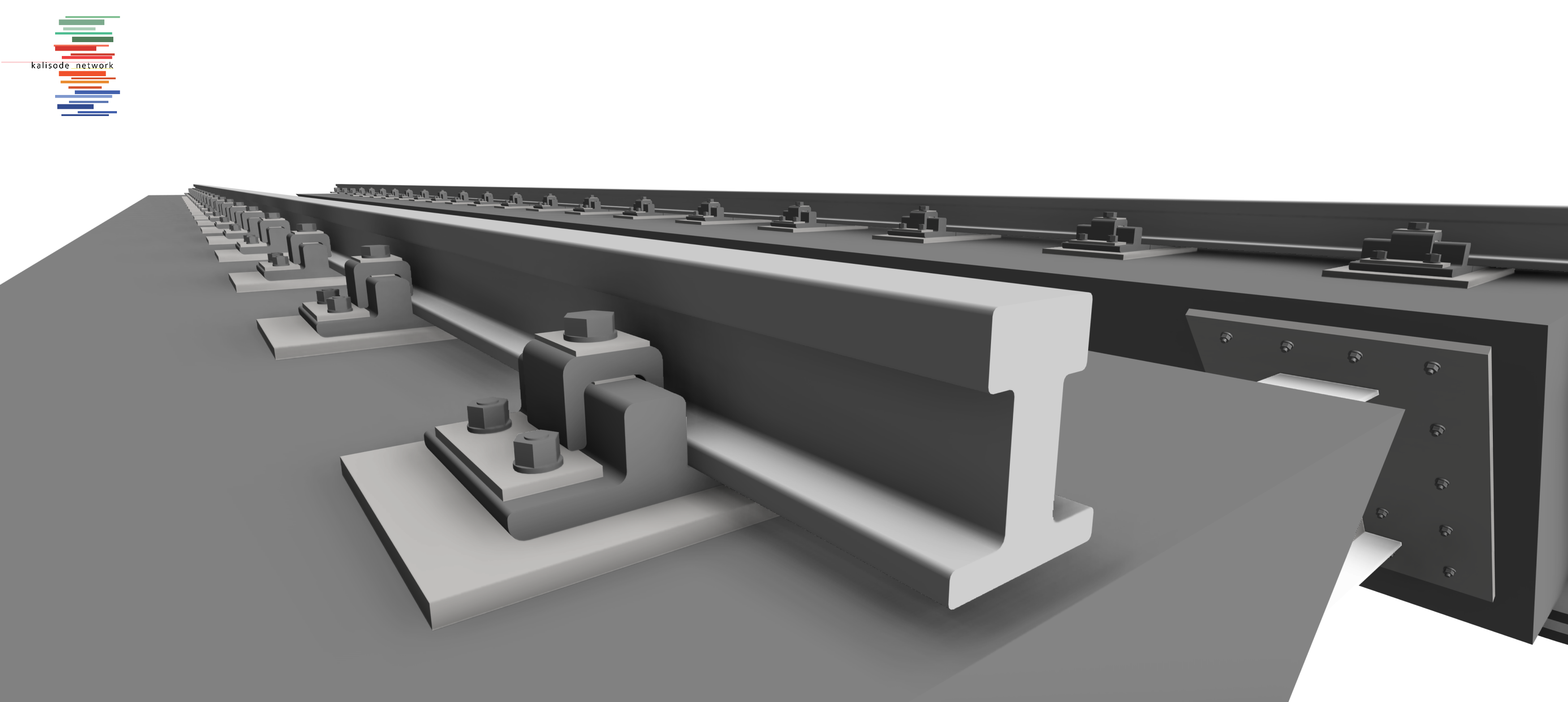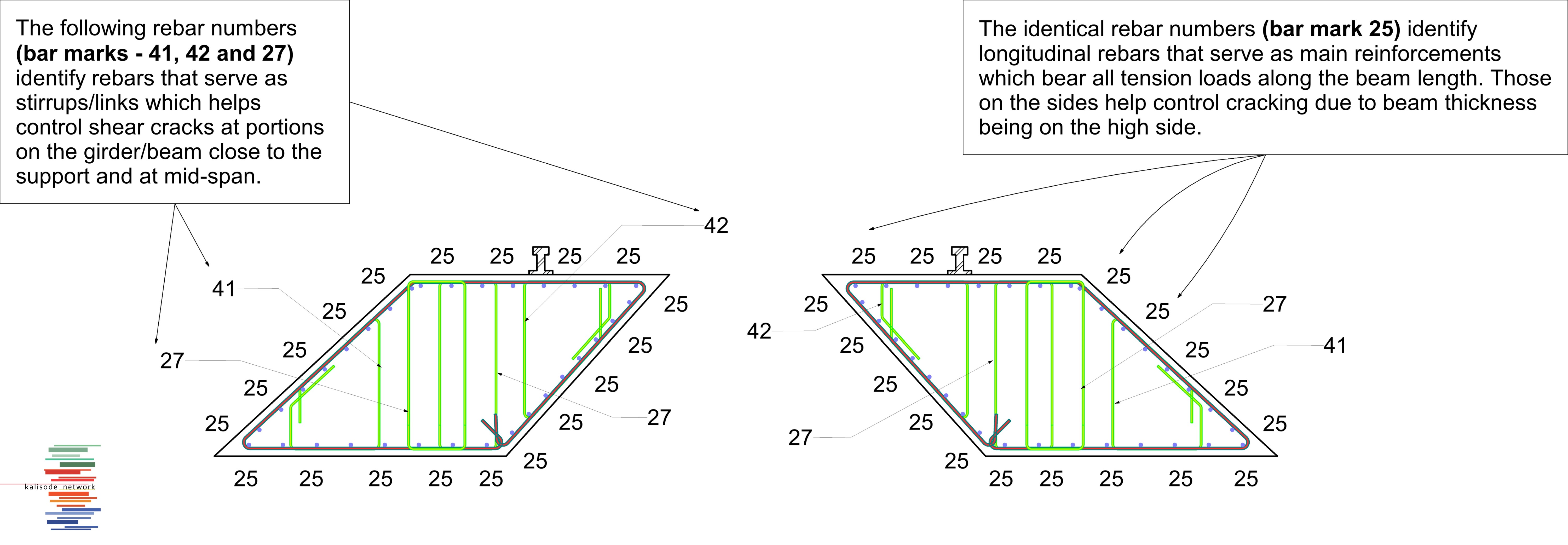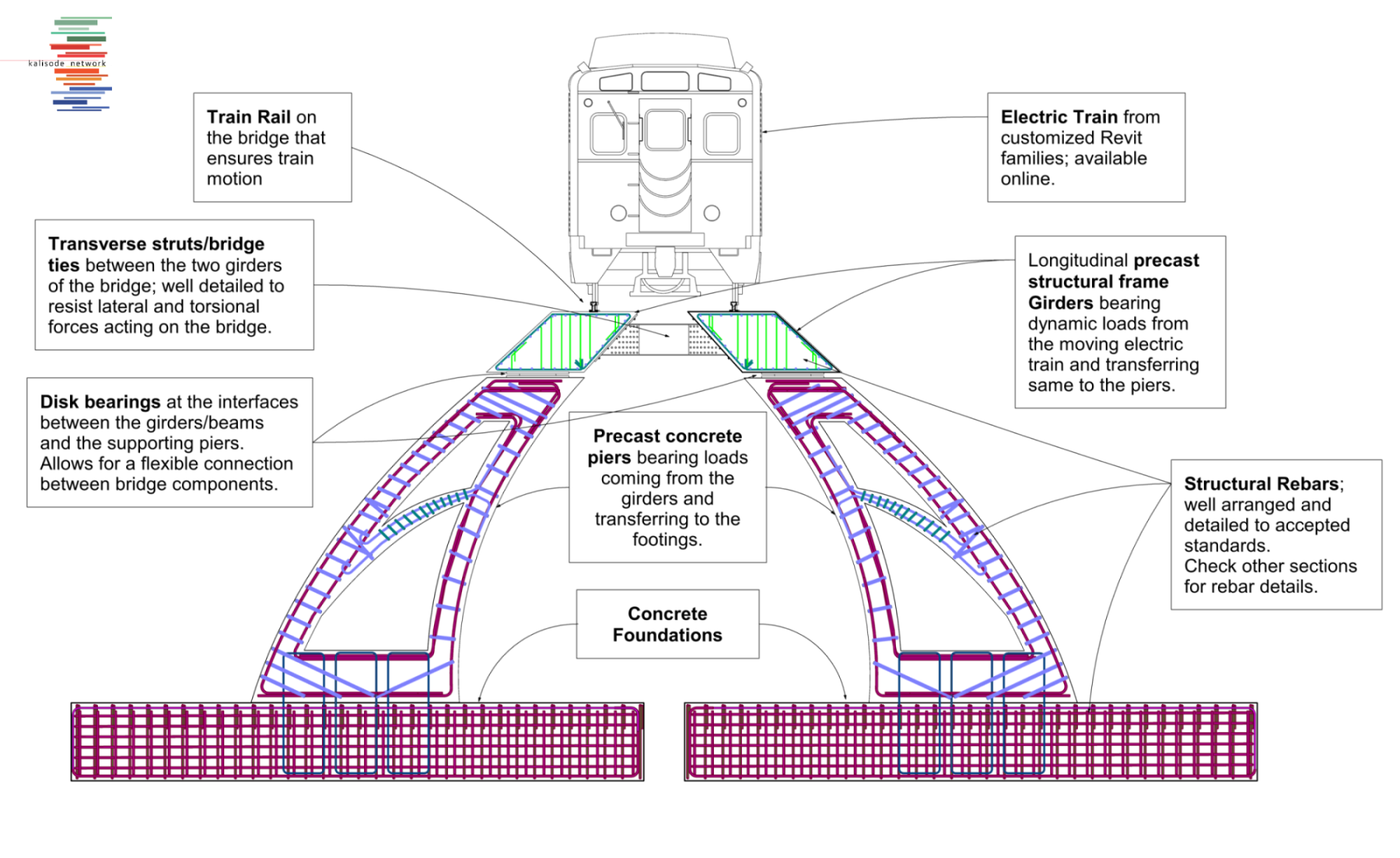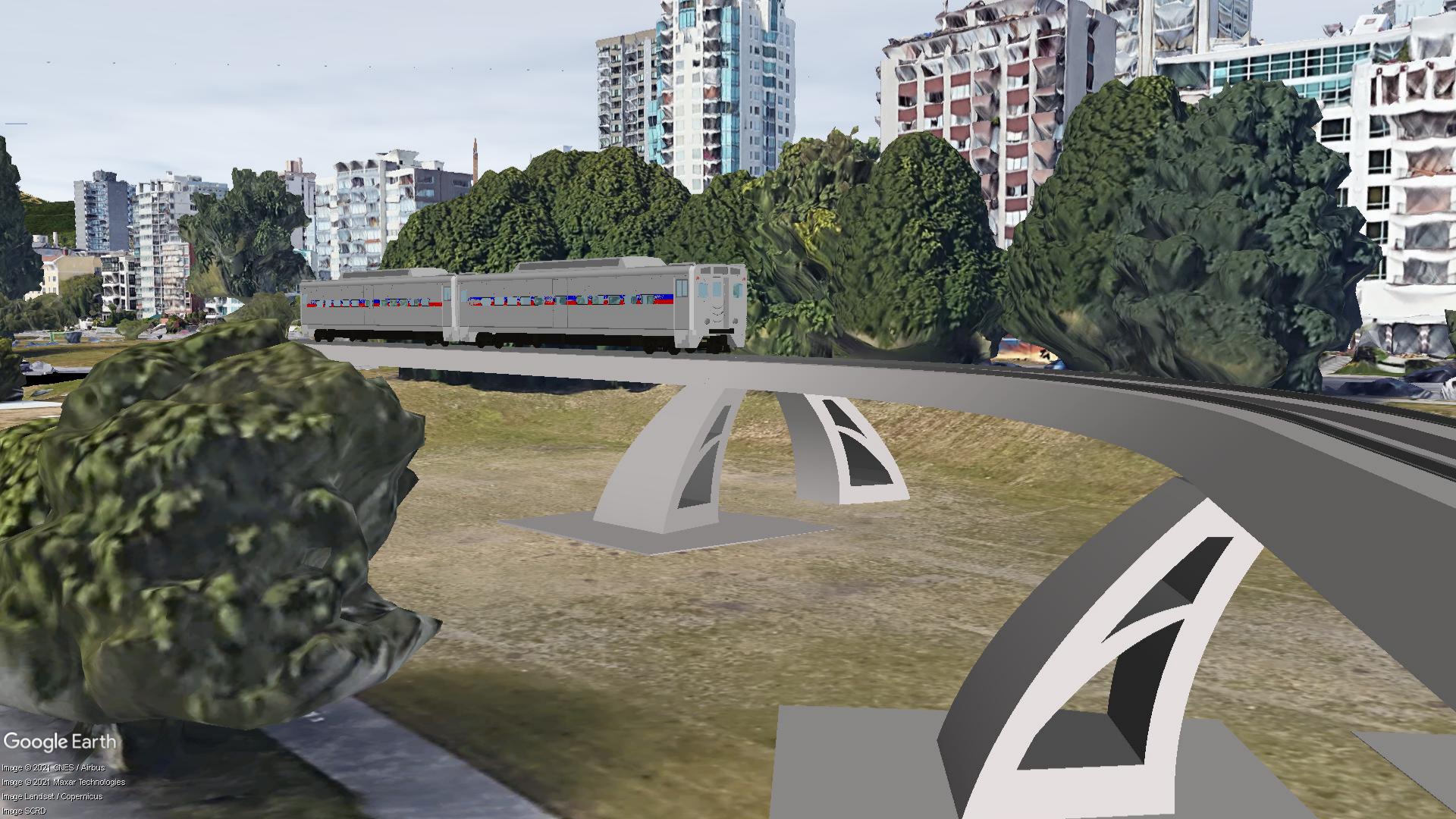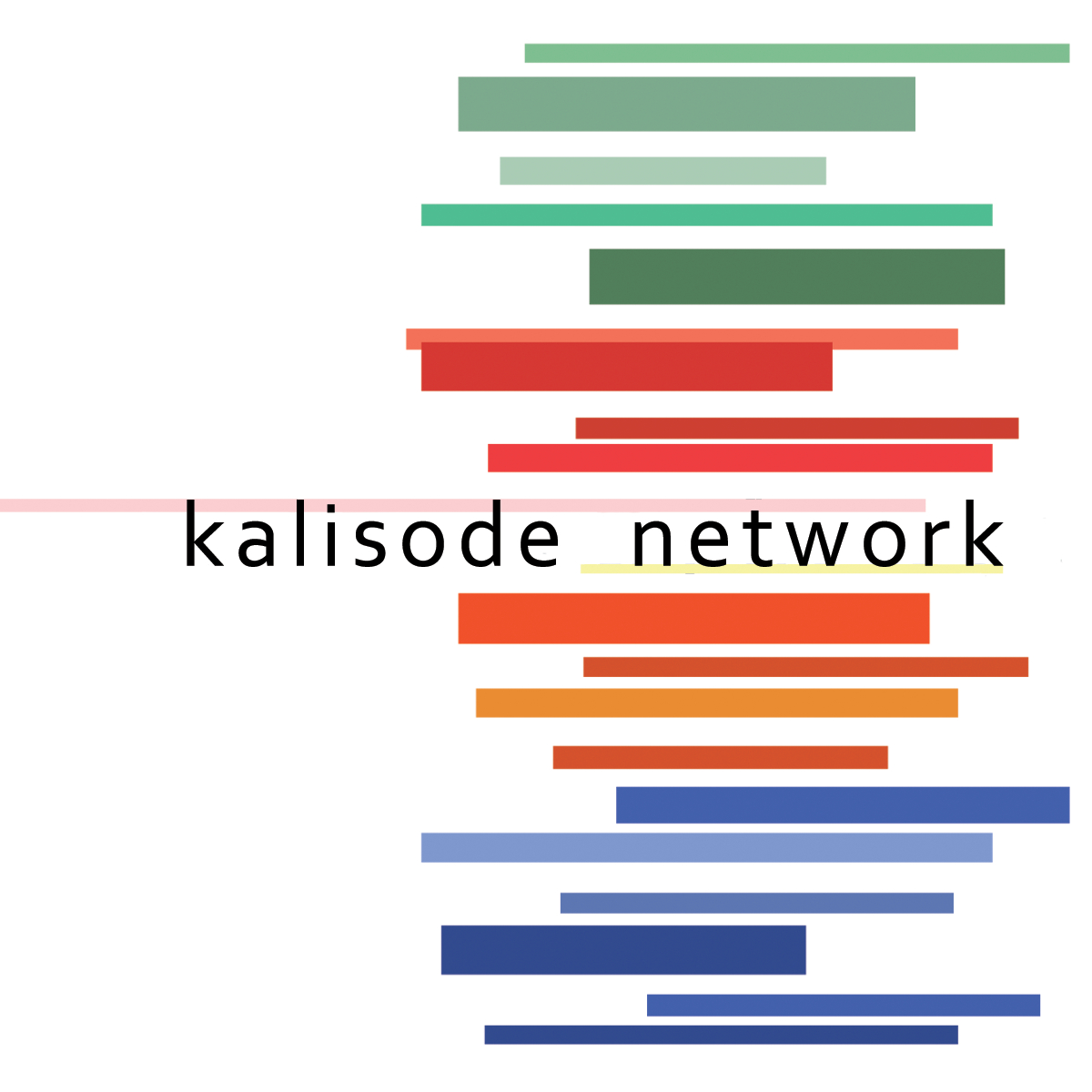Technical Area | Articles
The place to solve all your BIM doubts
HARNESSING LOD'S FOR BIM MODELLING OF INFRASTRUCTURES
SKY-LINE TRAIN BRIDGE PROJECT
BIM Implementation 3D / VDC Infrastructures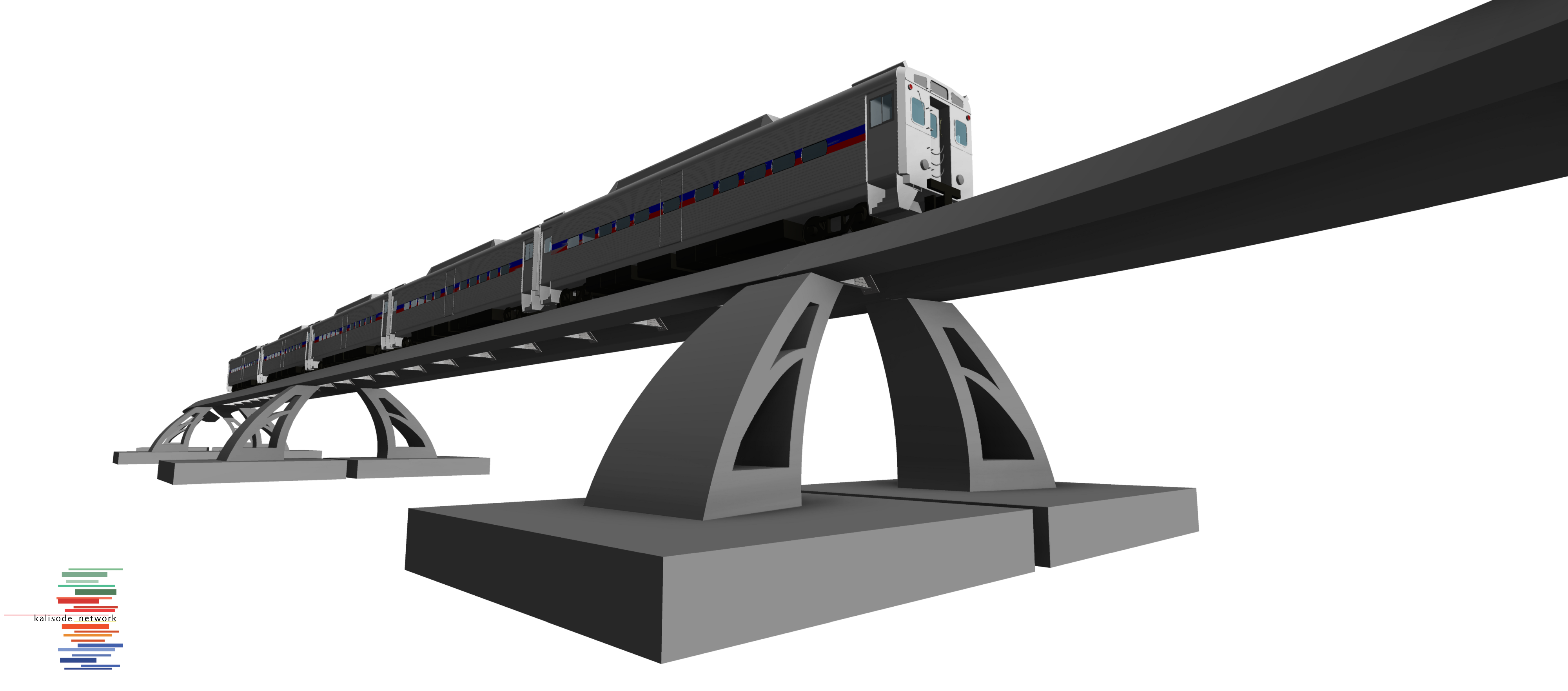
PHASE 1. Modelling of structural and functional components of the Train bridge
The functional components of the train bridge from top to bottom includes;
Train Rail: Serves as passage for the train vehicle, modelled with a hot-rolled steel material and has a I-shaped beam profile.
Bridge Girders: Modelled as bent beams/girders with an asymmetric center of mass, hosts the train rails and transfers dynamic reaction and torsional loads to lateral and underlying structural elements.
Disk Bearings: Modelled to provide a resting surface between the train bridge girders and bridge piers. It allows for controlled movements and therefore reduces the stresses transferred to the substructure.
Lateral Struts: Modelled as a steel component which helps restrain lateral movements of the bent bridge girders and also takes up lateral, horizontal loads and torsional moments coming from moving train. The composite steel construction comprises of a combination of welded and bolted connections with end-moment plates.
Bridge Piers: Modelled as structural concrete columns with a smaller surface area at its top and a large surface area at its base with the intent to evenly distribute concentrated vertical reaction loads from girders to the foundation.
Foundations: Modelled as concrete spread footings with a large surface area to reduce stressing getting to the foundation soil. The spread footings are well reinforced to cater for extreme foundation stresses on whatsoever soil condition.
